Mr. Tran Huu Duc Nhat, Chairman of the Danang Creative Development Association, a member of the rescue teams in the old Danang - Quang Nam area, said that from the recent major flood in the North, and through two serious floods in Hue and Quang Nam, the SOS teams have accumulated a lot of "real-life" experience, ready to take on new challenges before the 2025 storm season is pouring into the Central region.
Putting technology into rescue practice
According to Mr. Nhat, these SOS teams are essentially groups of local volunteers, willing to volunteer and participate in rescue efforts for people in disaster-stricken areas.

The teams are all spontaneous and self-established, continuously from 2022 until now, experiencing each major storm in the North, from Quang Ninh to Hanoi, up to Thai Nguyen, Lai Chau, Ha Giang , Tuyen Quang... With each natural disaster, the teams develop many new members, as well as the provinces and cities add new teams.
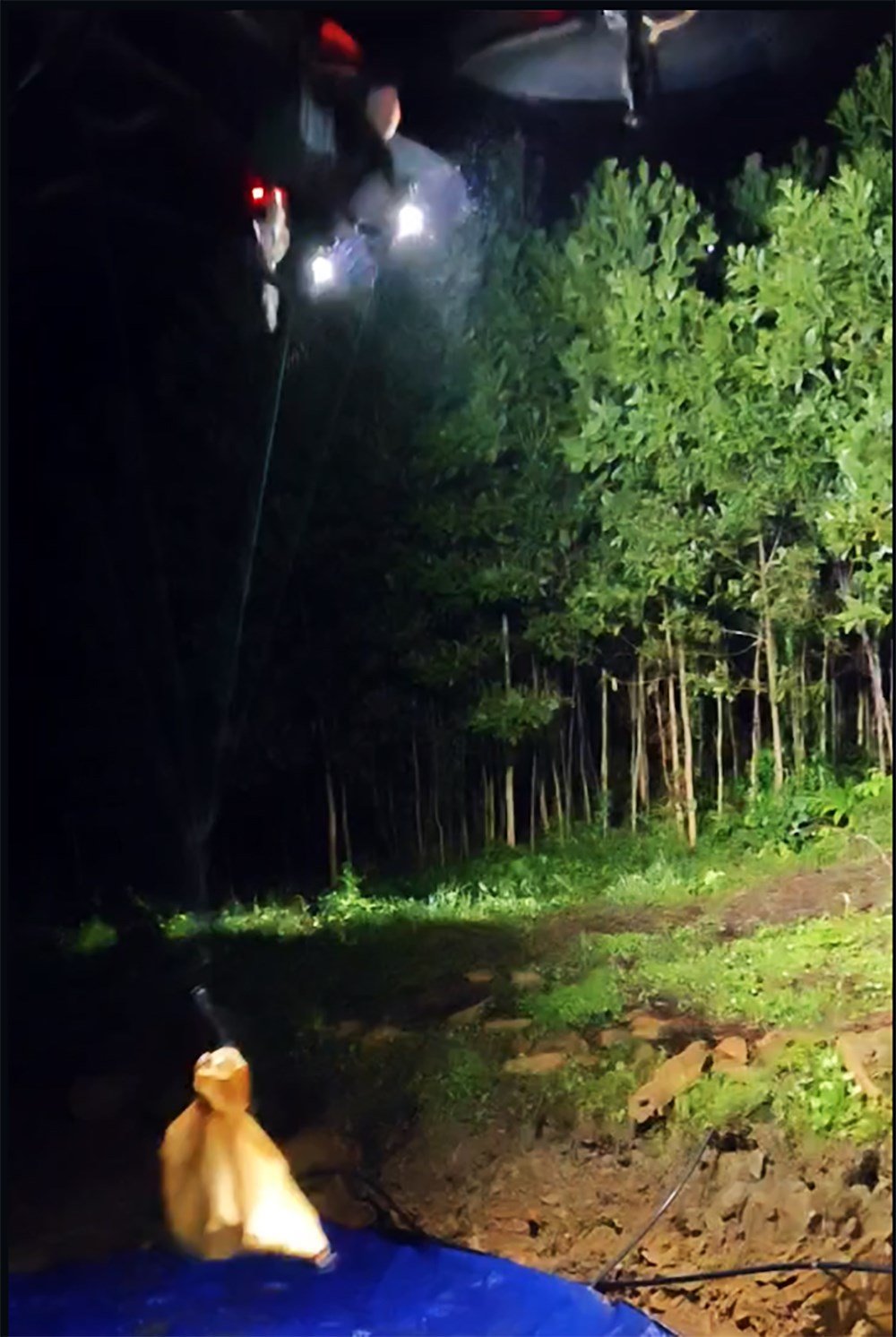
In the two recent floods in the Central region alone, more than 10 SOS teams were assembled, the most active of which were the teams from Hanoi , Ho Chi Minh City, Dak Lak... The teams went directly to flooded areas to participate in rescue operations, connecting many locations to successfully rescue people, and helping charity groups and functional forces such as the army and police to approach many dangerous cases of people.
It is worth noting that these teams all have additional teams that have a firm grasp of drone technology to apply to practical situations, organize information monitoring, build data on the area and terrain, and directly rescue victims.
It can be said that, up to now, this is the digital technology force with the best quality and safest rescue techniques and capabilities. From the initial confusion, the SOS teams using drones are now very proficient, ensuring the handling of many emergency situations, even creating many measures to approach isolated areas very safely and effectively.
Mr. Nhat described that drone technology is currently applied mainly in two groups, including reconnaissance drones, collecting data, reporting to the center; and large drones, used to transport support equipment and relief items for people.
In Thai Nguyen recently, some drone teams flew directly into isolated areas, delivering food and drinking water to people in time. In Hue and Quang Nam, many dangerous landslide locations and deep flooded areas that were inaccessible, teams also used drones to collect data, draw terrain maps, and support functional forces to understand the current situation in order to approach and participate in rescuing people and delivering food to people in remote areas.
All of this proves that applying drone technology to rescue work is very necessary.
Need investment and deep expertise!
According to SOS members in Hanoi and Dak Lak, investing in drones for rescue work is a positive and practical solution that requires local authorities at all levels and functional forces to pay attention, have appropriate investment plans and more in-depth professional orientation.

Specifically, data reconnaissance drones, if integrated into local database systems managed by authorities, will immediately be equipped with more working capacity, clearly dividing each access area, ensuring more and more accurate data, serving rescue information more safely and reliably.
Drones used in practice, which also need to be evaluated and invested in, with a variety of missions, will help make rescue work more effective.
According to Mr. Duc Nhat, these could be drones with super-sharp, super-zoom cameras, so they can fly into isolated areas, clearly detect each object and problem, capture the sharpest images, and report to the control center.
Drones with body temperature sensors can detect victims on the ground and people in need of rescue. Most drones today are not waterproof or windproof.
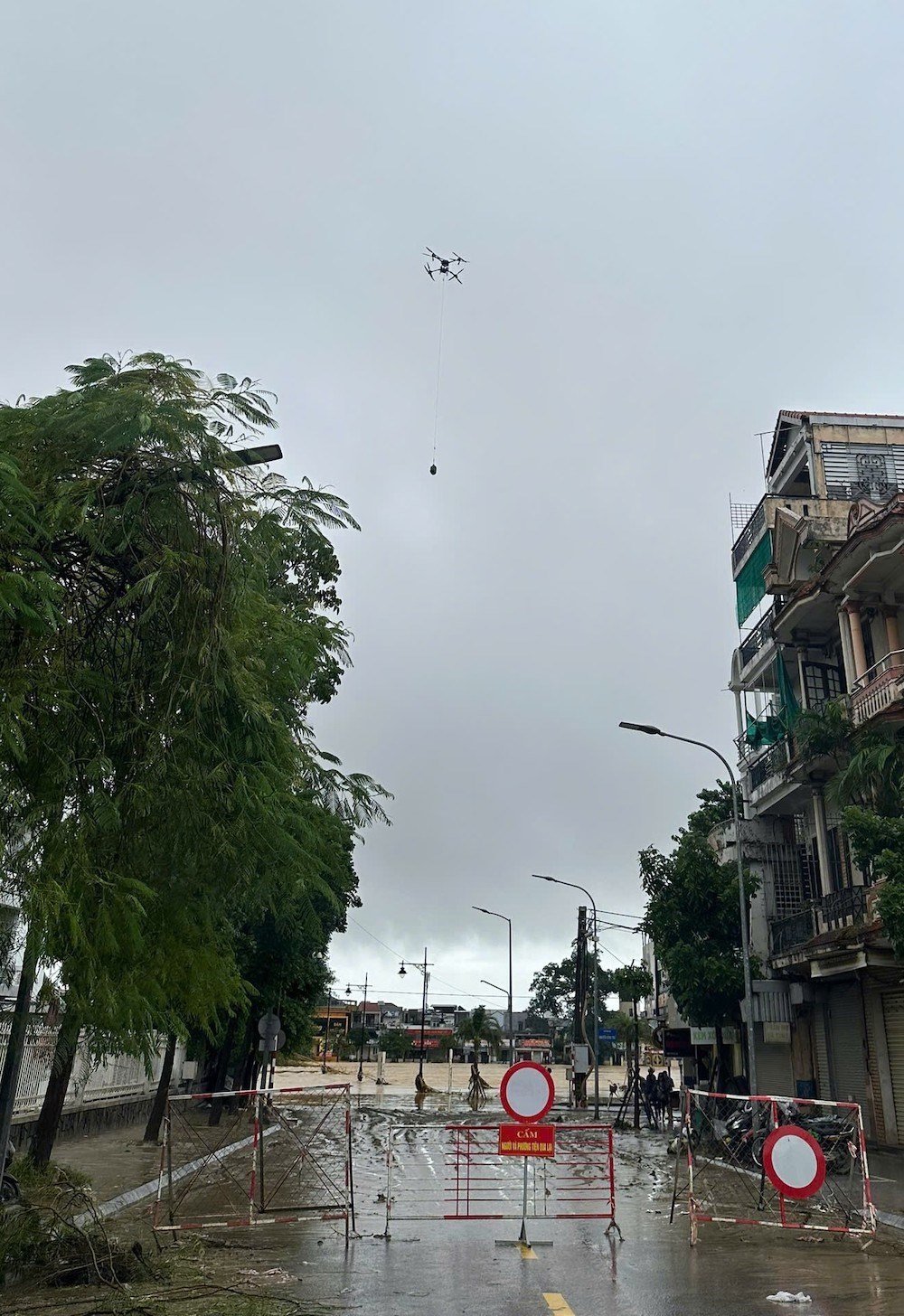
In addition, to further enhance the effectiveness of on-site information, people in the areas need to proactively connect and communicate.
If they are invested in, equipped with small hand-cranked military generators to charge their phones, and have drones with telecommunication hotspot support technology when approaching, most people will be able to proactively connect with each other and with the authorities. Accordingly, the effectiveness of rescue information will be expanded many times.
In the most urgent cases, people in low-lying areas also need functional forces such as the army to identify and invest in short-wave radio stations to communicate with each other and with the nearest army.
These stations will only send signals when troops are deployed for rescue, thereby making it very convenient for authorities to immediately detect areas in need of emergency rescue. Through the drone system of information and support for the rescue of items and food, the effectiveness of rescue will obviously increase many times over.
In fact, today, before the news of storm No. 13 entering the Central region, SOS teams have moved to the southern areas, deployed in vulnerable areas, regardless of danger, devoting all their efforts to participating in rescue operations.
In particular, the Dak Lak SOS team has arranged 3 main groups, giving priority to the locality but still ready to support Quang Nam and Quang Ngai. The Hanoi and Ho Chi Minh City SOS teams are on duty at the local forward command posts. Accordingly, digital drone technology is really showing its effectiveness in rescue work in the Central region.
Source: https://baovanhoa.vn/doi-song/dua-cong-nghe-drone-vao-cuu-ho-179992.html



![[Photo] "Ship graveyard" on Xuan Dai Bay](https://vphoto.vietnam.vn/thumb/1200x675/vietnam/resource/IMAGE/2025/11/08/1762577162805_ndo_br_tb5-jpg.webp)




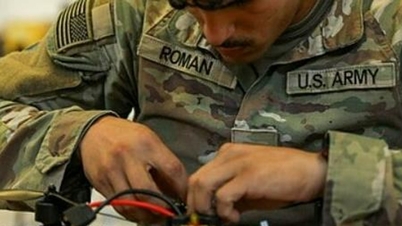





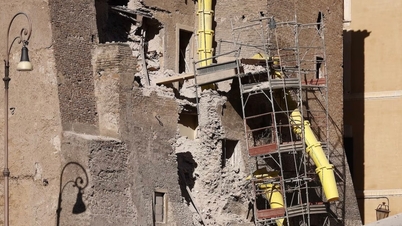





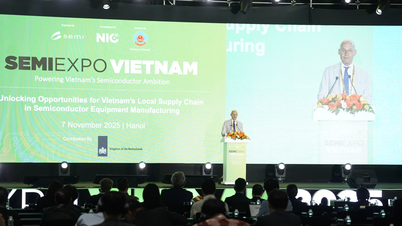












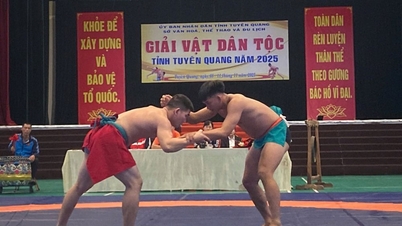







![[Video] Hue Monuments reopen to welcome visitors](https://vphoto.vietnam.vn/thumb/402x226/vietnam/resource/IMAGE/2025/11/05/1762301089171_dung01-05-43-09still013-jpg.webp)






































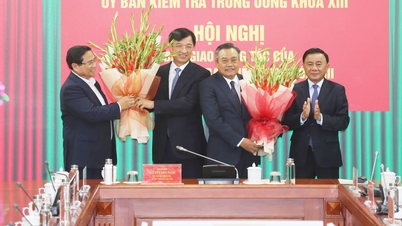

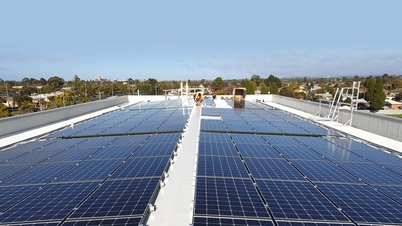


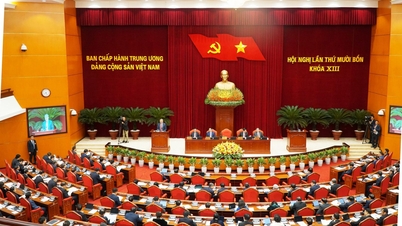






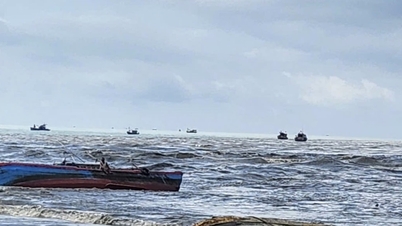

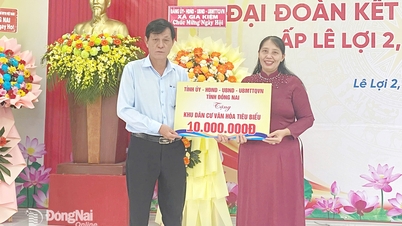


















Comment (0)